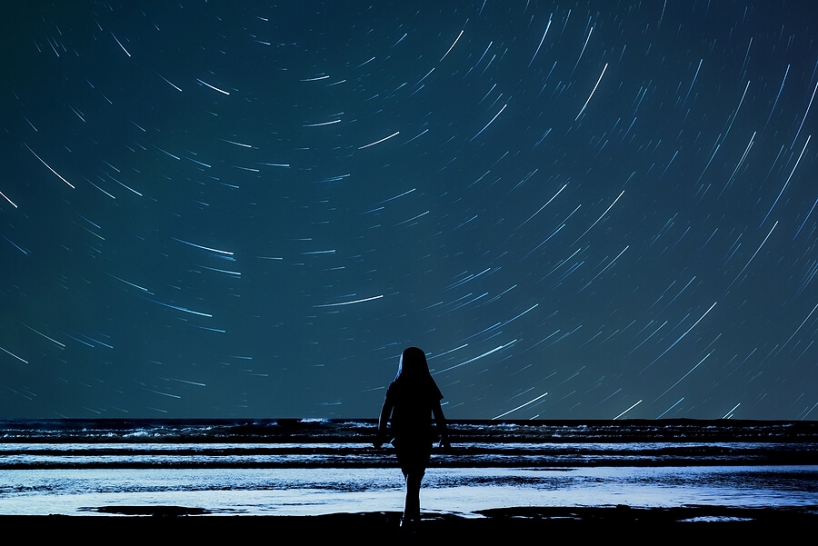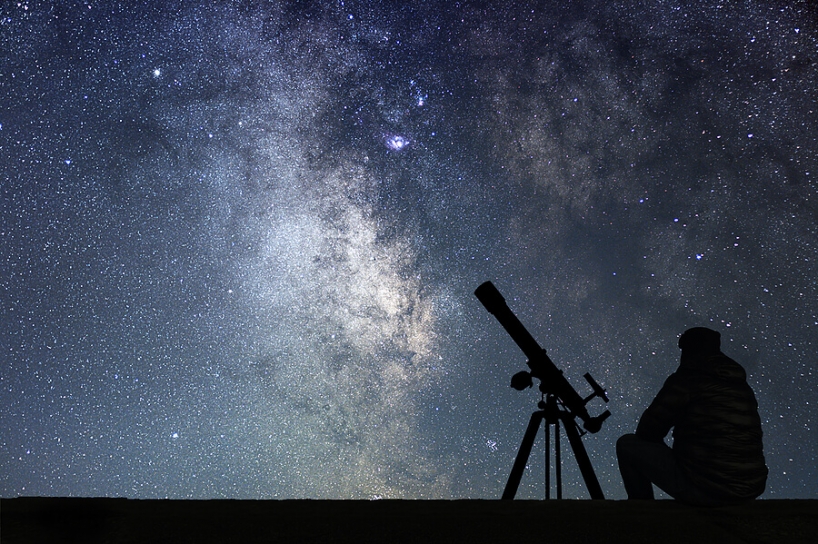
November 7th, 2022 by
The shorter days of winter may not be everyone’s cup of tea but for anyone who loves astronomy and stargazing, there is a lot to get excited about. Winter, obviously, brings darker skies and better visibility for stars, planets, and other astronomical phenomena. So, arm yourself with your telescope because here are some of the sights you can expect over the next couple of months.
The Moon
A total lunar eclipse will take place on 8th November, where the umbral shadow of the Earth creeps across the Moon’s disc, engulfing it completely. People in North America will get a much better view of this than we will in Europe. However, we will see a full moon on that same day. Each full moon is given a name and November’s is the Beaver Moon, so-called because this is when beavers usually start building their winter dams. It can also be known as the Frost Moon as the weather starts to turn colder and the first frosts are most common.
December’s full moon will be on 8th December, and this one is known as the Cold Moon but can also be known as the Yule Moon, due to falling close to Christmas, or the Long Nights Moon, as we approach the Winter Solstice and the longest night.
Meteor Showers
Meteor showers can be truly spectacular to watch. They happen when streams of cosmic debris (small, fast-moving, space rock) enter the Earth’s atmosphere. They are distinctive due to their long, whitetails, with all fragments travelling in the same direction across the sky.
We have a number of meteor showers to look forward to over the next couple of months. The Leonid meteor shower can be seen from 6th November but peaks around 17th November. The name refers to the point that they appear to originate from, which is the constellation of Leo. They are fast, bright meteors with fine trails and, at their peak, occur at a rate of around 10 per hour.
In December, the Geminids meteor shower peaks at around 14/15th December. This tends to be easier to spot, as it has a rate of 150 fast-travelling meteor showers per hour. A further Ursid meteor shower will peak around 23rd December.
Constellations
The constellation, Orion, will be visible once again in November. Orion is named after the great hunter, Orion, from Greek mythology. Look for the three-star belt through the centre of the cluster. The two bright stars that form the ‘shoulder’ are named Bellatrix and Betelgeuse, and they are two of the brightest stars in the sky.
Planets
If it’s planets you’re interested in, there are a few you can look out for over the next couple of months. Mars should be visible in November in the early evening and will reach opposition on 8th December. Look out for its brilliant orange colour. Saturn is a great one to spot, with its distinctive rings. Early November is the best time to see it.
Uranus reaches opposition on 9th November and should be visible to the naked eye. It will also be occulted by the almost full moon on 5th December. Neptune should be visible in mid-November but is best observed at the beginning of December. Both Neptune and Uranus are blue in colour. Towards the end of December, look out for Mercury (a white planet) when it sets around 70 minutes after sunset (this is the closet planet to Earth), and Jupiter (the largest planet) should be nice and bright in the evenings, especially around the start and the end of December.
Did you know?...
Stars and planets can look similar to the naked eye so one of the best ways to distinguish them is to remember that stars twinkle, and planets don’t. However, the twinkling of stars is actually an illusion; they don’t actually twinkle in space. The twinkling effect is due to their distance from the Earth. Stars are much farther away than planets, so their beams of light are subject to more distortions from passing through our atmosphere over a greater distance.
Comments
Leave a reply
Your e-mail address will not be published. All fields are required


